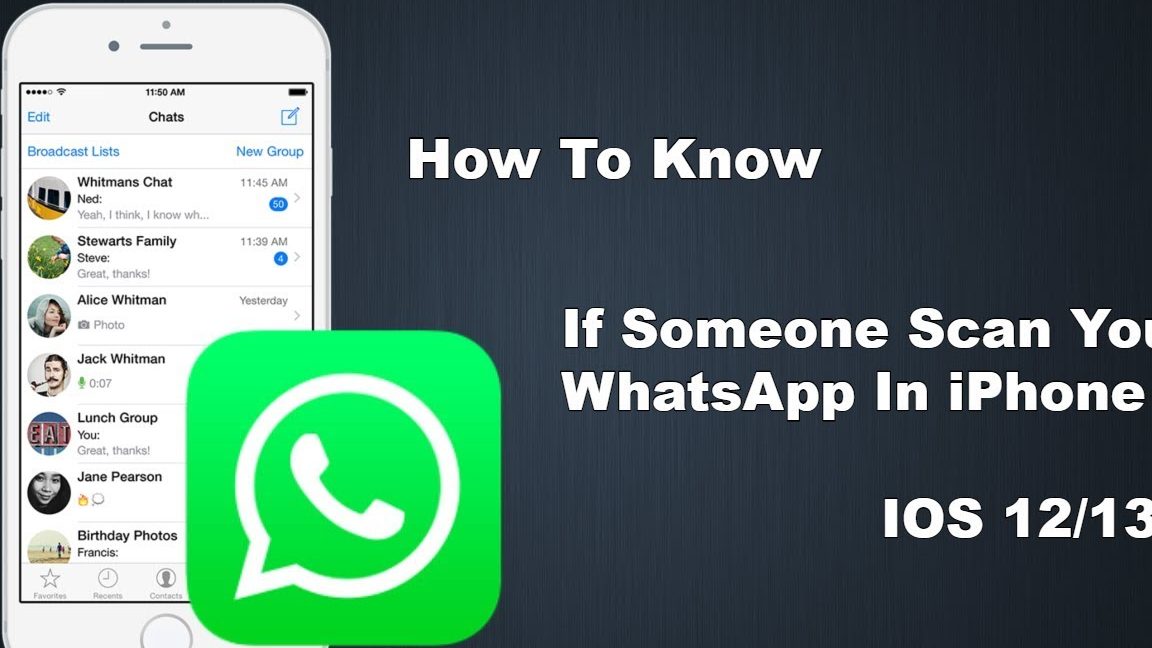Want to know who’s scanning your QR codes? It’s easy and free with Google Analytics! Here are the steps you need to follow:
By tracking your QR code scans, you can gather valuable insights to better target your marketing efforts and improve ROI. It’s that simple – get started today!
QR codes – the basics
QR codes are two-dimensional barcodes that store information as pixels. They can be scanned by smartphones and other devices equipped with a camera and a QR code reader. QR codes can encode various types of information, such as web links, contact details, product information, and more. They are widely used for marketing and advertising purposes, as they provide an easy and convenient way for consumers to access information and promotions.
Why track QR code scans?
QR codes have become a popular tool for marketers to engage with their audience and measure the effectiveness of their campaigns. By tracking QR code scans, you can gain valuable insights into the behavior of your audience, such as demographics, location, time and date of scan, and more. This data can help you optimize your marketing strategies, improve your targeting, and increase your conversion rates.
Google Analytics – an introduction
Google Analytics is a free web analytics service offered by Google that tracks and reports website traffic. It allows you to monitor the behavior of your website visitors, such as the pages they visit, the time they spend on your site, and the actions they take. It also enables you to measure the effectiveness of your marketing campaigns, such as the number of clicks, conversions, and revenue generated.
Setting up your Google Analytics account
To set up your Google Analytics account, you first need to sign up for a no-cost account on the Google Analytics website. Once you have created an account, you can add a new website to track by entering the website URL and other relevant information. Google will generate a tracking code that you need to copy and paste into the header of your website code.
Campaign URL Builder – how to use it
The Campaign URL Builder is a feature of Google Analytics that allows you to create customized URLs with trackable parameters for your marketing campaigns. To use this tool, you need to enter the website URL, the campaign source, the campaign medium, the campaign name, and other optional parameters. The tool will generate a unique URL that you can use for your QR code campaign.
Example of Google Campaign URL Builder Parameters:
- Website URL: https://www.example.com
- Campaign Source: QRCode
- Campaign Medium: print
- Campaign Name: summer-sale
Creating your trackable QR code
Once you have generated a customized URL with the Campaign URL Builder, you can create a trackable QR code with a QR code generator tool. There are many QR code generator tools available online, both free and paid. Choose a tool that allows you to customize your QR code design and track your scan analytics. You can add your company logo, change the color scheme, and choose the size and shape of your QR code.
Checking your QR code scan analytics
After you have launched your QR code campaign, you can monitor your scan analytics in your Google Analytics account. Go to the Acquisition tab and select Campaigns to see the performance of your QR code campaign. You can view the number of sessions, users, bounce rate, conversion rate, and other metrics. You can also segment your data by source, medium, and other parameters to gain deeper insight into your audience behavior.
QR code tracking best practices
To get the most out of your QR code campaign, follow these best practices:
- Use a clear and concise call-to-action to encourage people to scan your QR code
- Test your QR code on multiple devices and QR code readers to ensure compatibility
- Place your QR code in a visible and accessible location, such as on print ads, billboards, flyers, or product packaging
- Track the performance of your QR code campaign regularly and adjust your strategy accordingly
In conclusion, tracking QR code scans with Google Analytics is a powerful and cost-effective way to measure the effectiveness of your marketing campaigns and gain valuable insights into your audience behavior. By following the best practices outlined in this article, you can create a successful QR code campaign that engages your audience and achieves your marketing goals.





